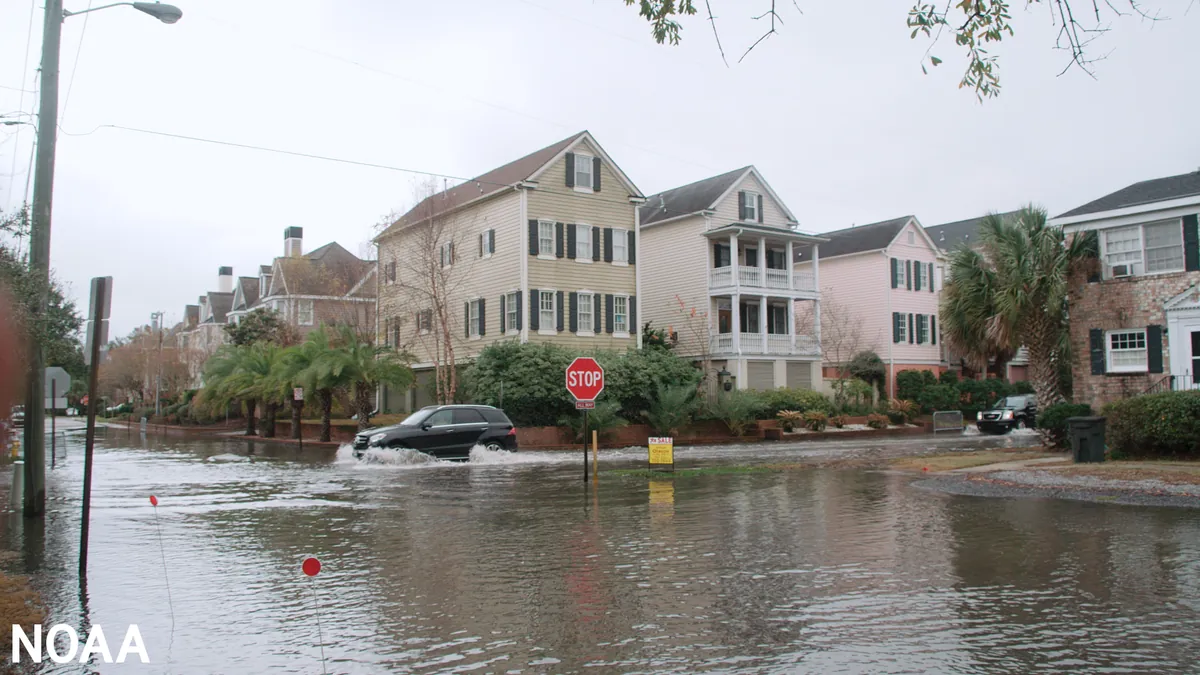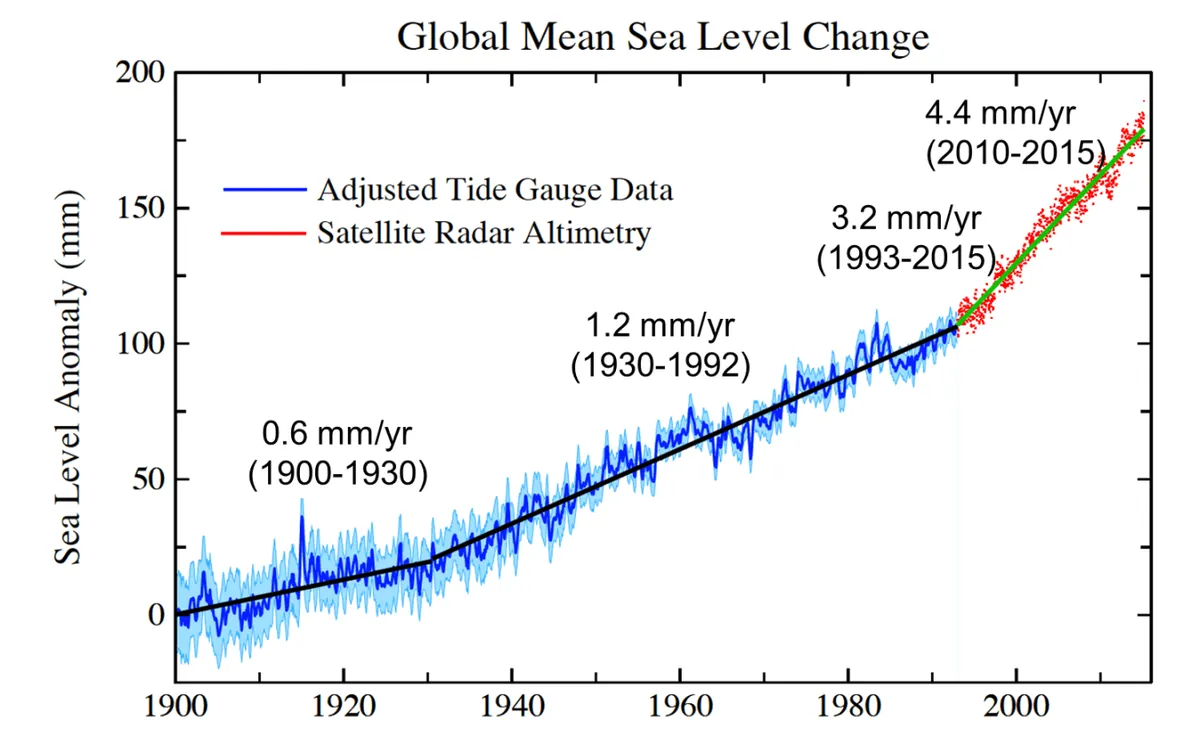Trump's Sea Level Claims Debunked: The Real Impact of Rising Oceans
Former President Trump's recent comments on sea level rise contradict scientific data. Experts warn of significant coastal impacts, with sea levels rising faster than Trump's claims suggest.

In a recent conversation with Elon Musk, former President Donald Trump made several inaccurate statements about sea level rise, prompting a closer examination of the facts surrounding this critical environmental issue.
Trump claimed that sea levels would rise only "one-eighth of an inch over the next 400 years," dismissing concerns about global warming. However, scientific data paints a starkly different picture. According to the United Nations Intergovernmental Panel on Climate Change (IPCC), global mean sea level increased by approximately 8 inches between 1901 and 2018. More alarmingly, the rate of increase has accelerated significantly in recent decades.
The National Oceanic and Atmospheric Administration (NOAA) projects that sea levels along the U.S. coastline could rise by about 2 feet between 2020 and 2100, with the potential for even greater increases if greenhouse gas emissions are not curbed. This rapid rise is primarily attributed to two factors: the melting of glaciers and ice sheets, and the thermal expansion of warming ocean waters.

Trump's assertion that rising sea levels would lead to "more oceanfront property" is also misleading. In reality, higher sea levels typically result in the loss of coastal land. For instance, the United States has 95,471 miles of shoreline, including territories. A significant rise in sea level would likely reduce this coastline rather than expand it.
The impacts of sea level rise are already being felt in many coastal communities. Charleston, South Carolina, for example, currently experiences about 7 days of high-tide flooding per year. By 2050, this is projected to increase to at least 70 days annually. This phenomenon, sometimes called "sunny day flooding," is becoming increasingly common in coastal areas due to higher sea levels.
"About 2 feet (0.6 meters) of sea level rise along the U.S. coastline is increasingly likely between 2020 and 2100 because of emissions to date. Failing to curb future emissions could cause an additional 1.5 - 5 feet (0.5 - 1.5 meters) of rise for a total of 3.5 - 7 feet (1.1 - 2.1 meters) by the end of this century."
It's worth noting that Trump's rhetoric appears to downplay the risks posed by climate change. This stance is reflected in policy proposals associated with him, such as Project 2025, which recommends dismantling NOAA entirely. However, given the mounting evidence and observable impacts of sea level rise, such dismissive attitudes towards climate science are increasingly at odds with reality.
As coastal communities continue to grapple with the challenges of rising seas, it's crucial to rely on accurate scientific data and projections to inform policy decisions and adaptation strategies. The real threat of sea level rise requires serious consideration and action, not dismissive rhetoric or false claims.


































